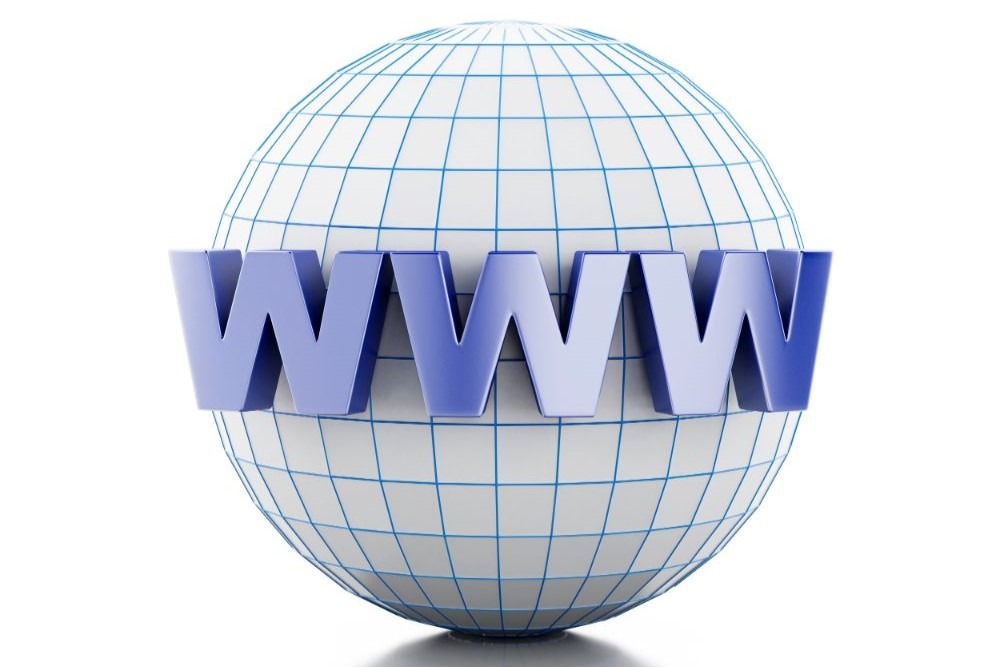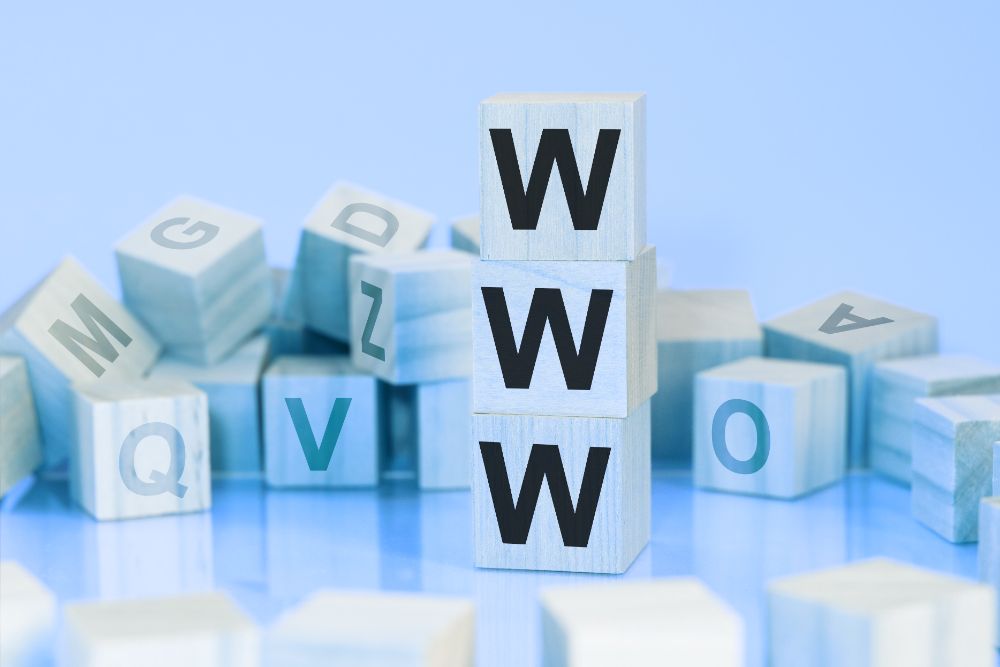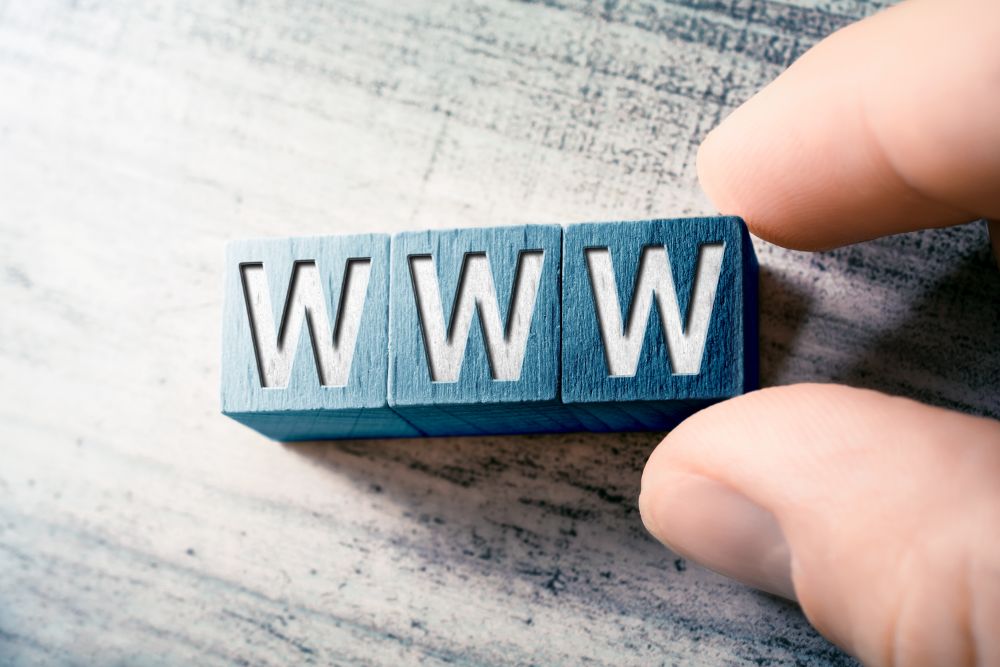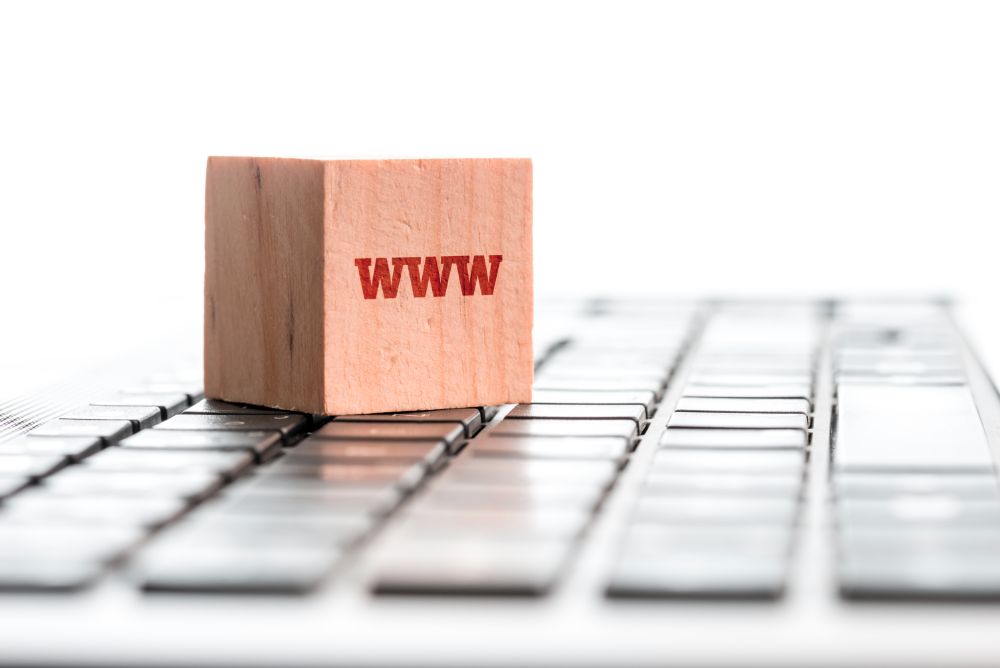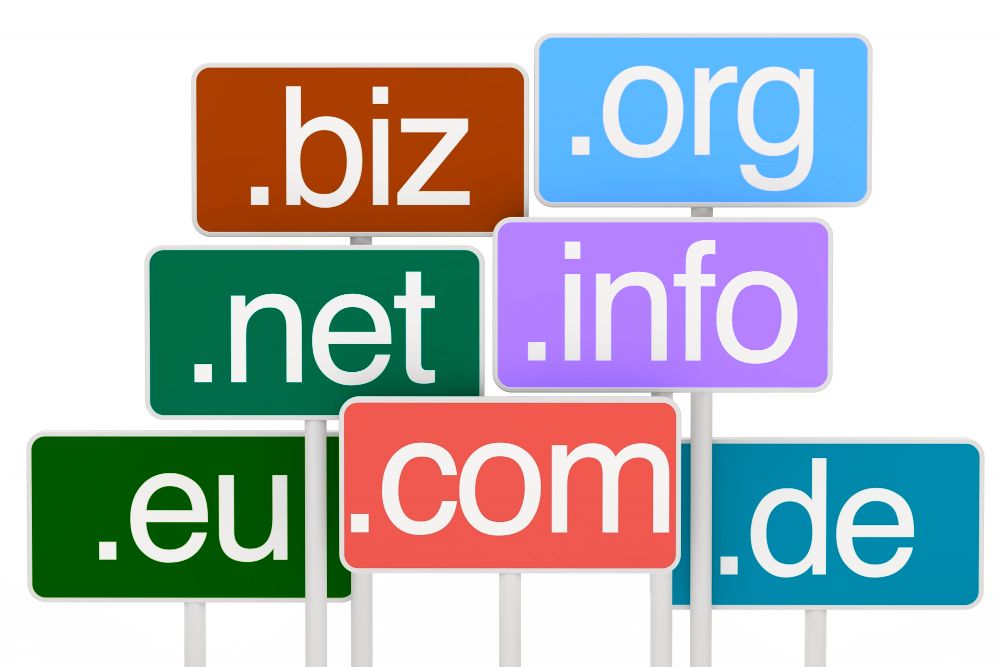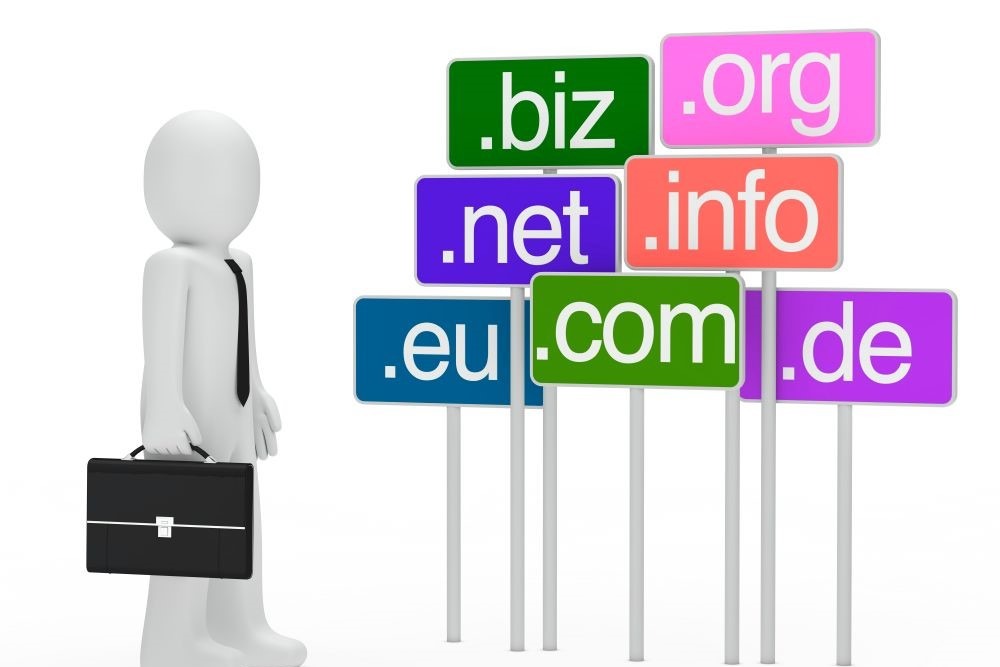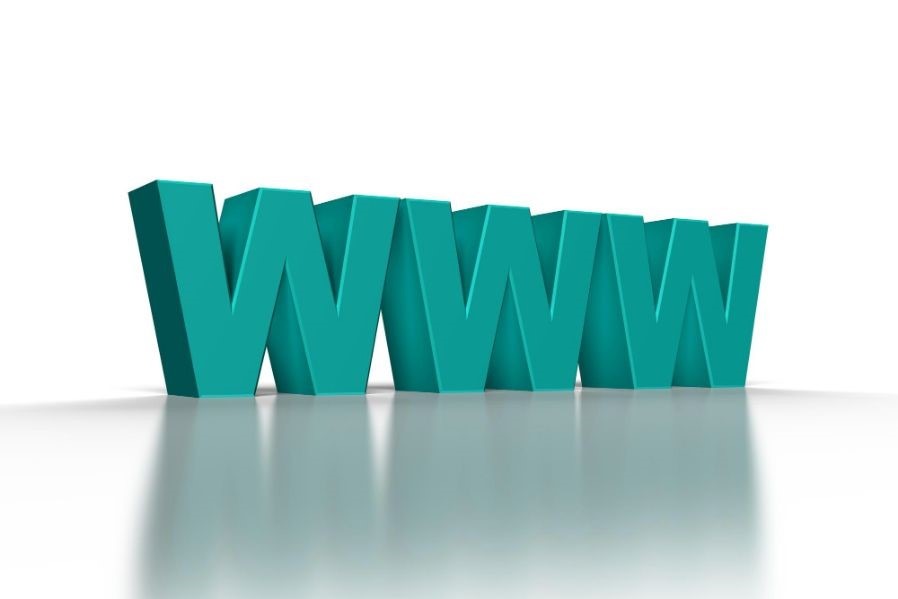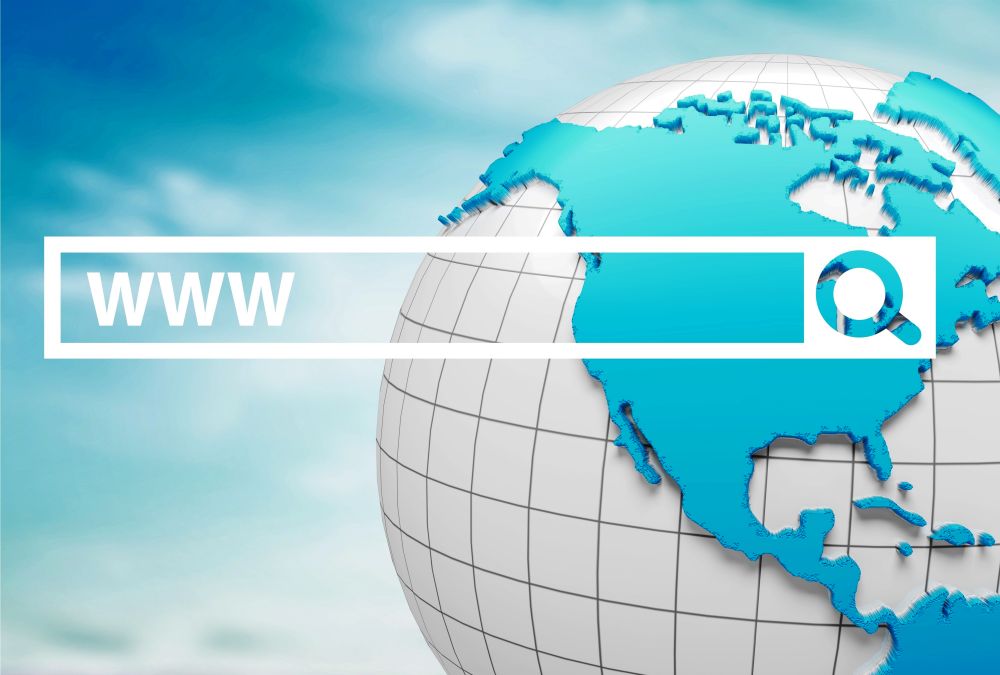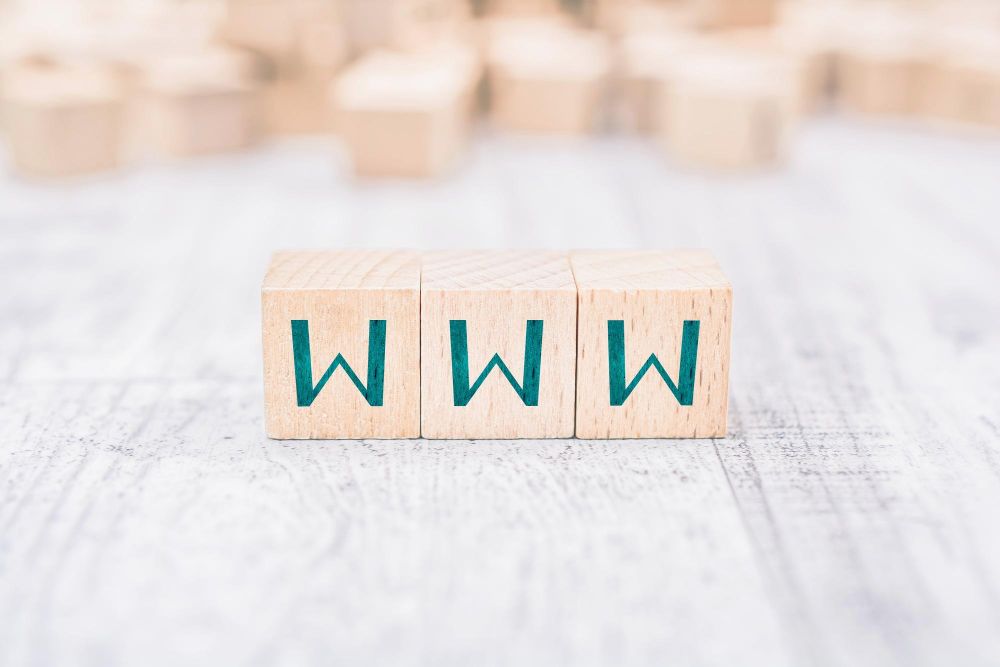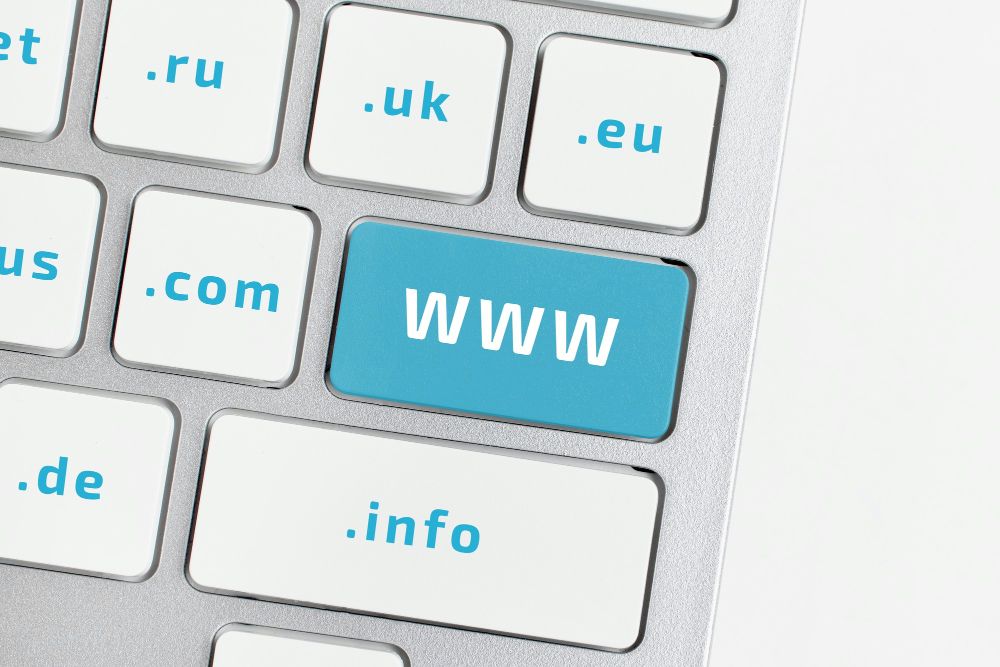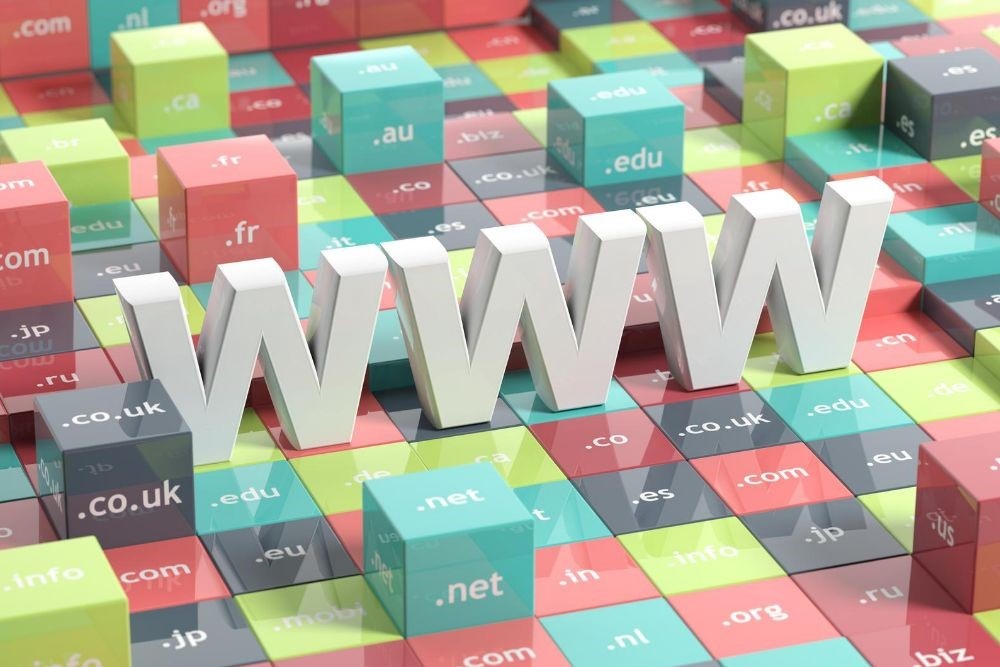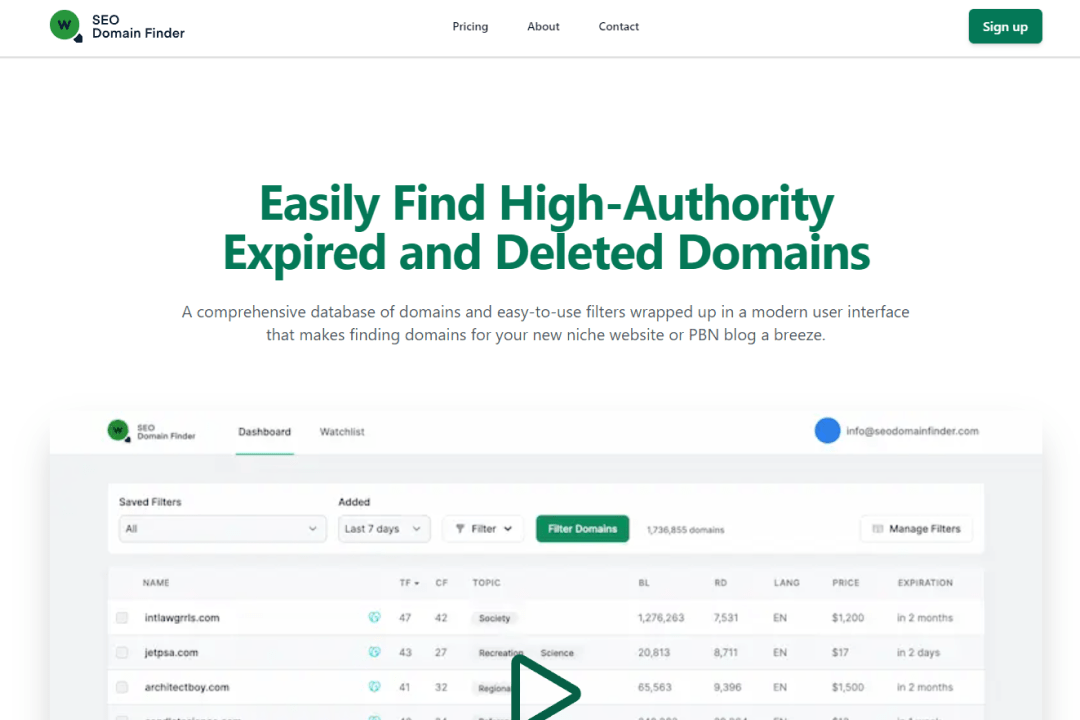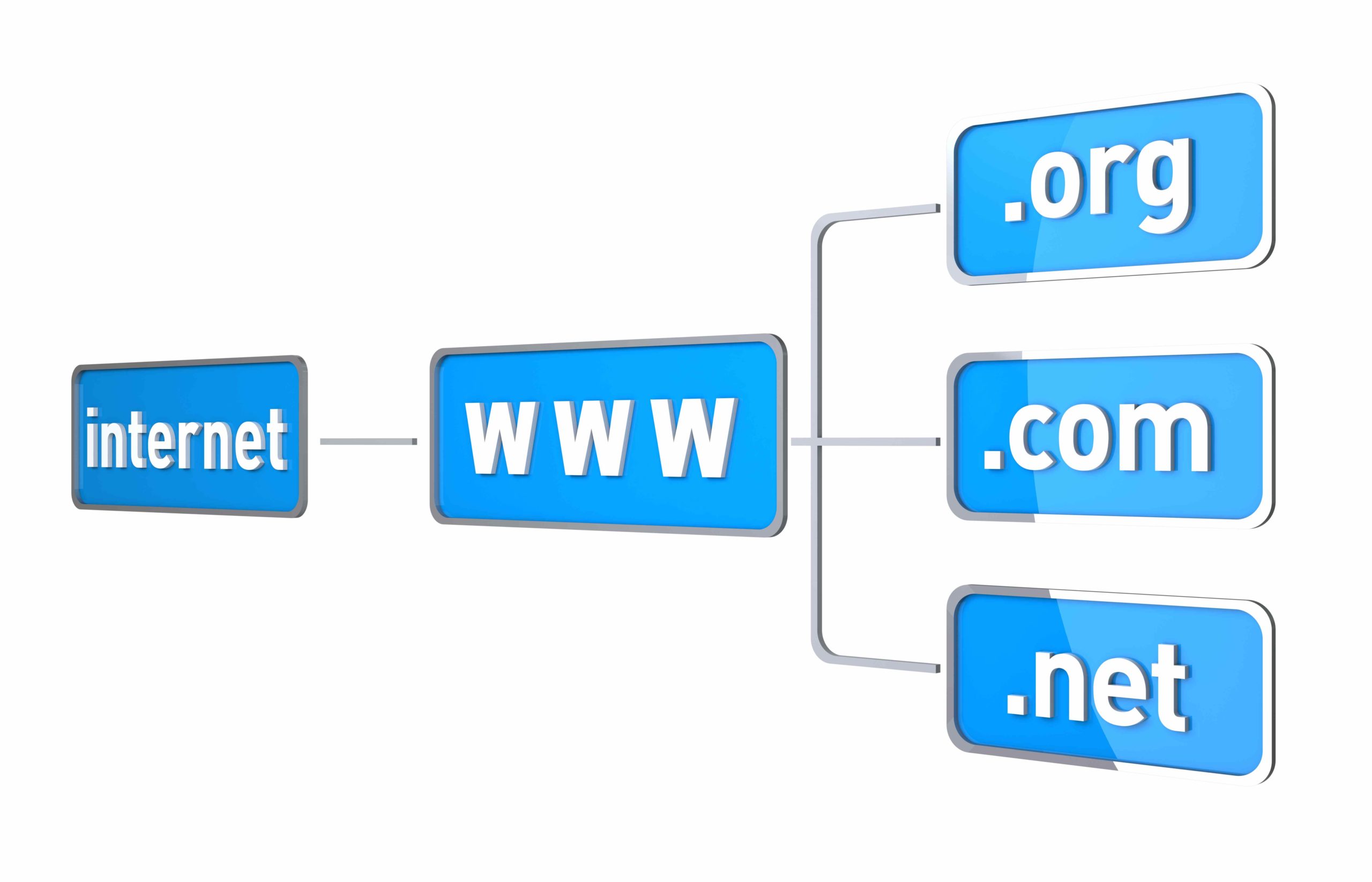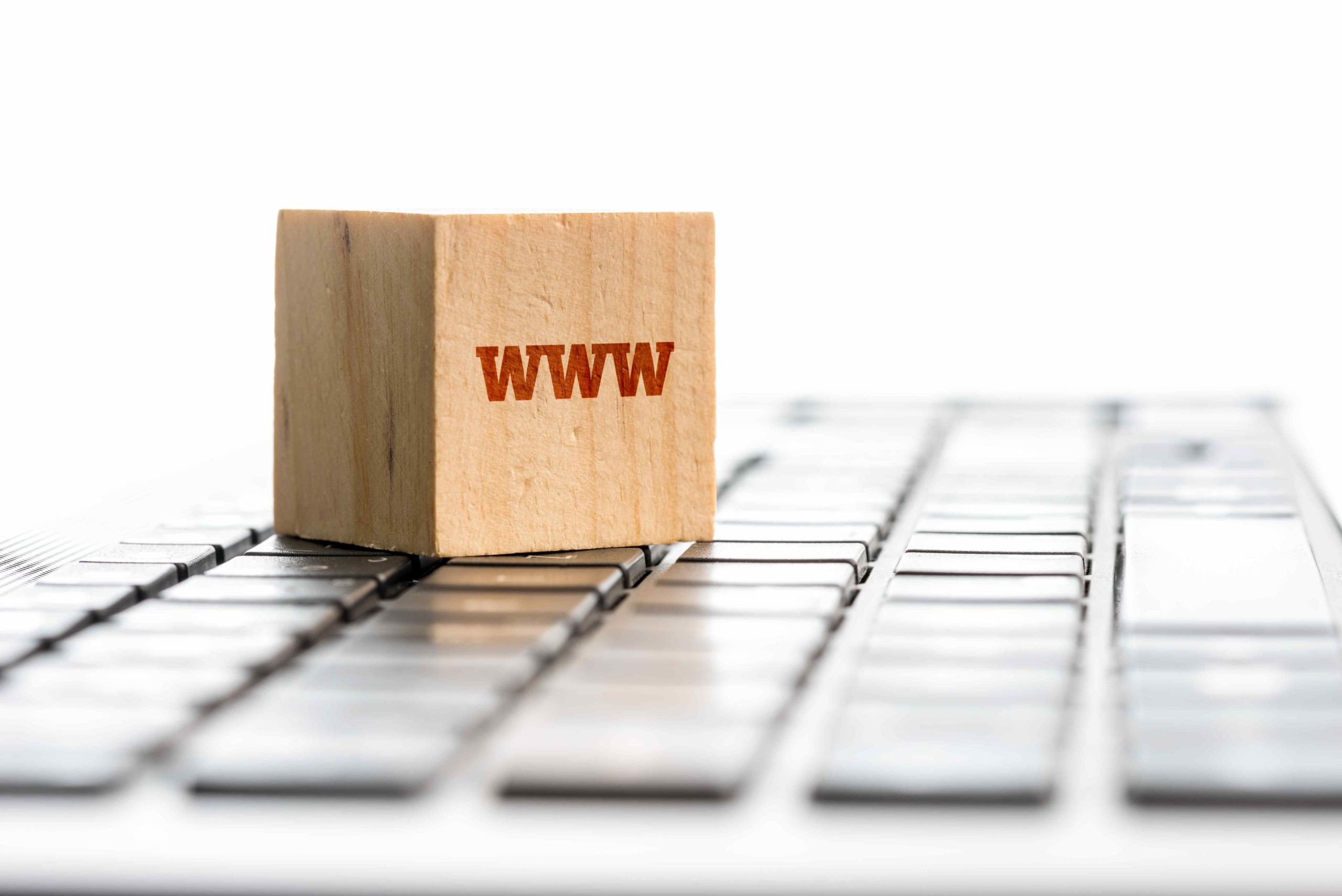
When building your web presence in today’s digital world, choosing a domain name is critical.
Will it be a generic top-level domain (gTLD) or a country-code top-level domain (ccTLD)?
Though it may appear to be a minor detail, your selection can profoundly impact your website’s performance, searchability, and user trust.
When choosing between a gTLD and ccTLD, the decision depends on the specific goals and objectives of the website.
In this article, we’ll provide all the information you need to make the best decision for your business.
Key Takeaways
- A TLD, or top-level domain, is the part of the domain name that comes after the dot (such as .com in www.example.com), acting as a crucial component in the structure of the internet’s Domain Name System (DNS).
- There are two main types of TLDs: generic top-level domains (gTLDs) and country-code top-level domains (ccTLDs).
- Choosing a gTLD for your website offers global recognition, flexibility in registration, and diverse domain options.
- Choosing a ccTLD can help tailor your website to a specific country, increase the chance of getting your preferred domain name with less competition, and build trust among local users, potentially improving your site’s performance in targeted markets.
What is a TLD?
A TLD, or top-level domain, is the part of the domain name that comes after the dot (such as .com in www.example.com), acting as a crucial component in the structure of the internet’s Domain Name System (DNS).
The Internet Corporation for Assigned Names and Numbers (ICANN) oversees the whole DNS, making sure each domain name is unique so each web address leads to a specific website. They introduced new gTLDs in 2012, expanding the online neighborhood to include everything from .app to .zone.
These new additions give you more options for your domain name, but remember, it’s not just about what’s available or sounds cool. Your choice of TLD can impact your website’s visibility and credibility.
For more information, you can read our article The Best Domain Extensions For SEO.
What are gTLDs and ccTLDs?
There are two main types of TLDs: generic top-level domains (gTLDs) and country-code top-level domains (ccTLDs).
- Generic Top-Level Domains (gTLDs): These are the most recognized and commonly used TLDs. They include .com, .net, .org, and so on.
- Country-Code Top-Level Domains (ccTLDs): These are two-letter TLDs that are associated with a specific country or territory, such as .us for the United States or .uk for the United Kingdom.
Generic TLDs: Pros and Cons
When choosing a generic TLD for your website, it’s worth weighing up the potential benefits and drawbacks.
Pros of gTLDs:
- Global Recognition: Generic TLDs like .com, .net, and .org are widely recognized worldwide, giving your website a sense of credibility and prestige.
- Flexibility in Registration: You have more flexibility in registering a domain name since generic TLDs typically don’t have specific registration requirements.
- Diverse Domain Options: With gTLDs, you have a wide range of domain options to choose from, allowing you to find a domain name that suits your website’s theme or purpose.
- Thematic Domains: Thematic domains can quickly convey the content or purpose of your website, improving the user experience for visitors.
Cons of gTLDs:
- Difficulty Finding Unique Names: Due to the popularity of generic TLDs, finding a unique and unregistered domain name can be challenging.
- Limited Localization: If your website targets a local audience, generic TLDs may not represent the local relevance that country code TLDs (ccTLDs) can provide.
- Uncertain Pricing: The pricing for gTLDs may fluctuate, leading to unexpected costs during domain registration.
Country Code TLDs: Pros and Cons
Just as with gTLDs, choosing a country code TLD (ccTLD) for your website involves a careful balance of advantages and disadvantages.
Pros of ccTLD:
- Localization: ccTLDs signal to users and search engines that your content is specifically created for a particular country, potentially boosting your website’s visibility in local search results.
- Availability: With less competition for ccTLDs, you have a higher chance of securing your desired domain name without having to compromise.
- Credibility: In certain regions, local users may perceive ccTLDs as more trustworthy and view them as a sign of a legitimate local business, enhancing credibility.
Cons of ccTLD:
- Limited Reach: While beneficial for targeting a specific country, ccTLDs may restrict your website’s visibility to a global audience, potentially limiting its reach.
- Registration Restrictions: Some countries set requirements such as a local presence or business registration for getting a ccTLD, which can be a barrier to entry.
- Higher Costs: Due to the smaller market and potentially higher demand, ccTLDs can be more expensive than gTLDs, leading to increased registration costs.
Remember that the right choice varies based on your specific situation and goals.
Learn more about the benefits of ccTLDs in this article.
How to Choose Between gTLD vs. ccTLD
Often, you’ll find yourself at a crossroads when deciding whether to go for a gTLD or a ccTLD for your website. Your choice should align with your business goals and target audience.
John Mueller – Senior Search Analyst and Search Relations team lead at Google – explains:
“The main thing I’d watch out for is ccTLD (“country code” — like nl, fr, de) vs gTLD (“generic” – com, store, net, etc). ccTLDs tend to focus on one country, which is fine if you plan on mostly selling in that country, or if you want to sell globally. If you mostly want to target another country (like “nationwi.de” but you want to target the US), then make sure to get either that ccTLD or a gTLD” (source: https://www.searchenginejournal.com/googles-john-mueller-on-domain-selection-gtlds-vs-cctlds/488501/)
If you’re aiming for a global audience, a gTLD like .com or .net might be your best bet. They’re widely recognized and trusted, boosting your site’s credibility. However, securing a unique .com domain can be challenging due to its popularity.
On the other hand, if your business is locally focused, choosing a ccTLD can help. These domains indicate to users and search engines that your content is relevant to a specific geographic area. For instance, using .co.uk for a UK-based business can enhance local SEO. Keep in mind, though, that some ccTLDs come with restrictions, like a requirement for local presence.
An interesting fact is that some ccTLDs are used as global. For example, .gg is commonly used for gaming websites but is actually a ccTLD for Bailiwick of Guernsey. The same is true with the .io extension – it is a ccTLD for the British Indian Ocean Territory but is popular among tech companies because in computer science, “IO” is used as an abbreviation for Input/Output.
Lastly, don’t overlook the creative options newer gTLDs offer. Domains like .guru or .photography can make your website stand out and clearly communicate its purpose.
Conclusion
In conclusion, choosing between a gTLD and a ccTLD depends on your website’s target audience and goals.
If you’re aiming for global recognition, a gTLD like .com might be best.
However, if you’re targeting a specific country, a ccTLD could boost your local SEO.
It’s crucial to weigh the pros and cons carefully.
Remember, this small choice can significantly impact your site’s success.
So, choose wisely!





































